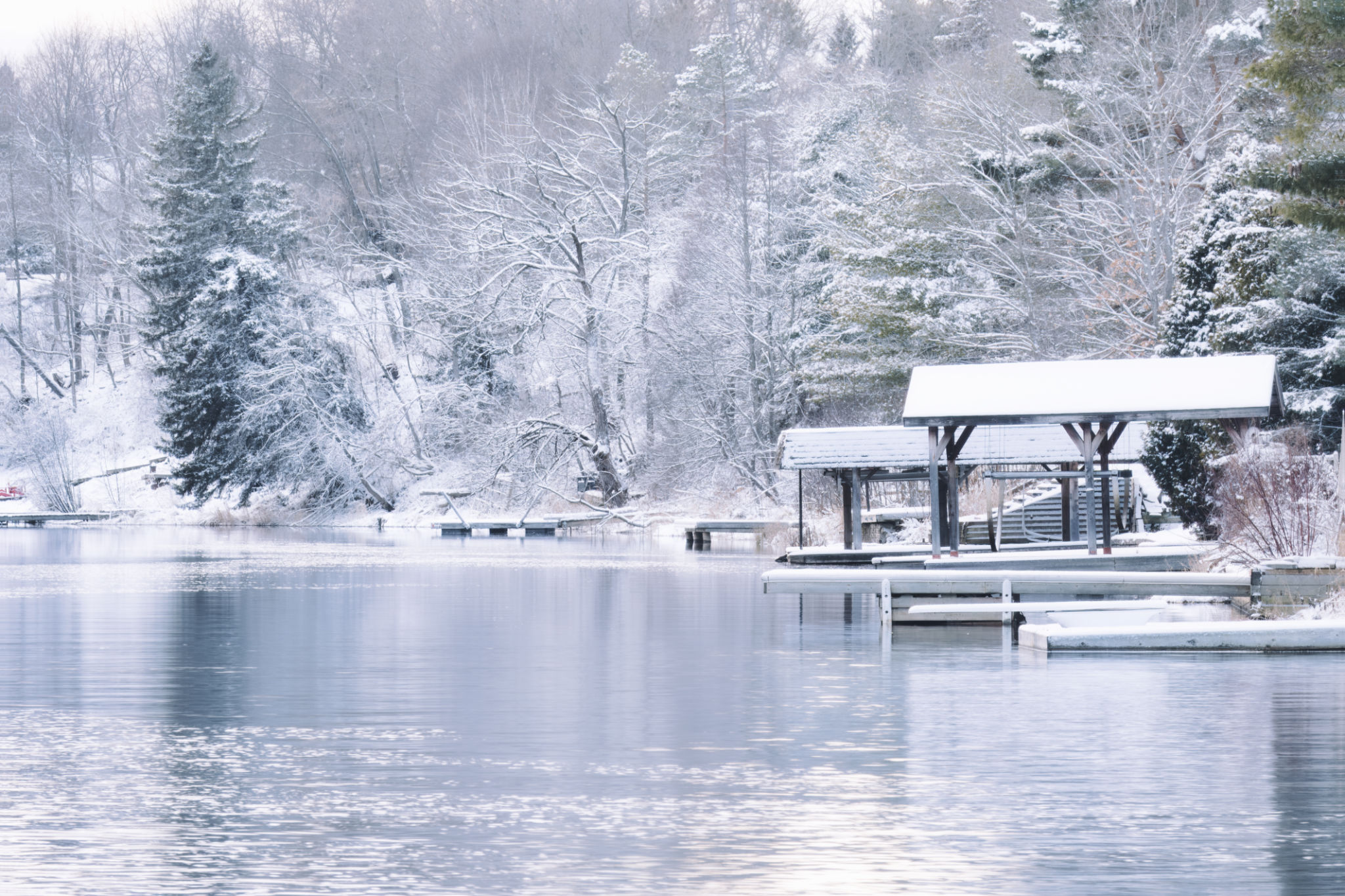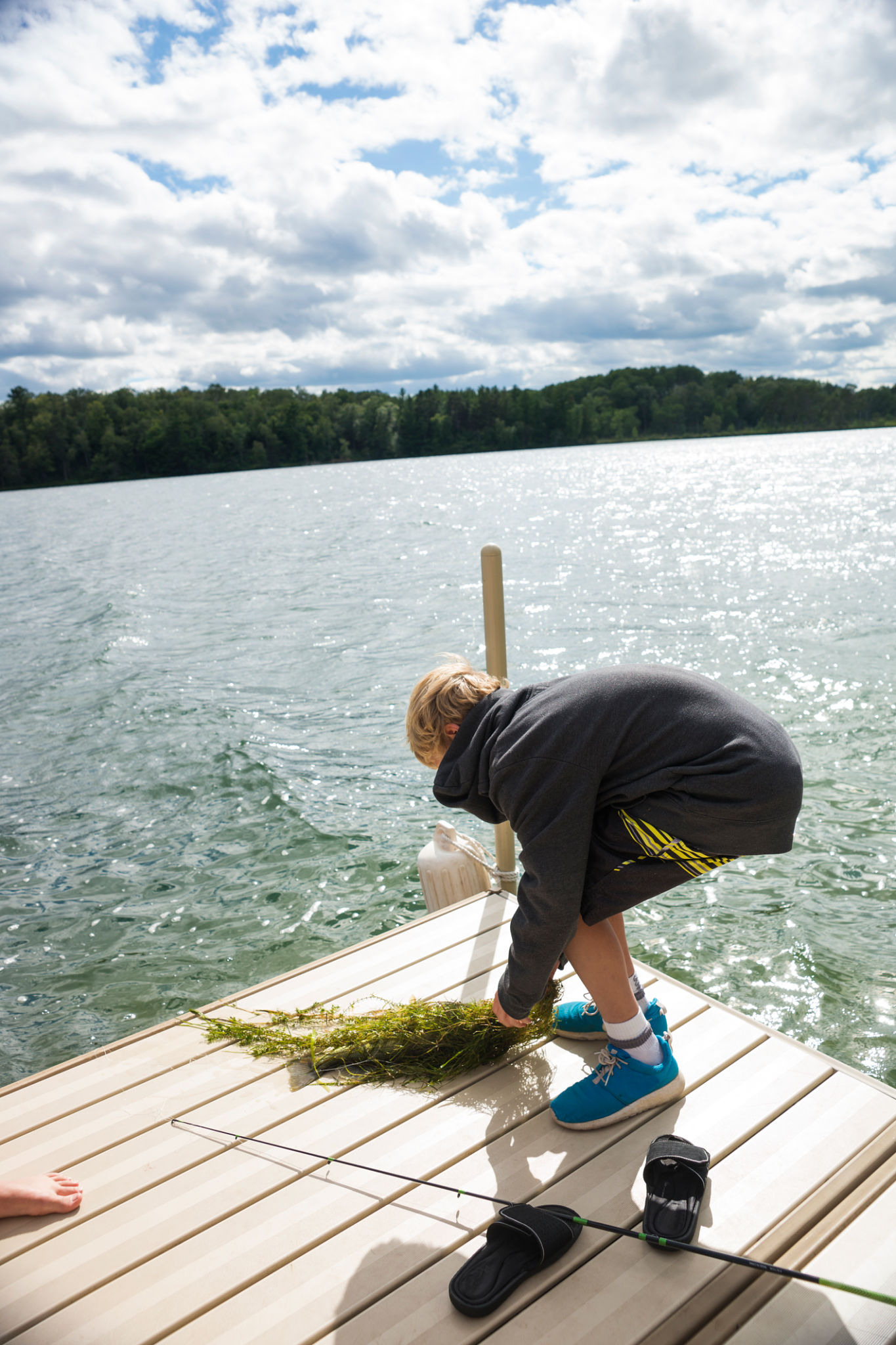How to Prepare Your Dock for the Winter Season in Ontario
Understanding the Importance of Winterizing Your Dock
As the chilly winds of winter approach, it's crucial to prepare your dock in Ontario to withstand the harsh conditions. Proper winterization not only extends the life of your dock but also ensures safety and prevents potential damage. By taking the time to winterize, you can enjoy peace of mind knowing your dock is ready to face the elements.

Inspect Your Dock for Damage
Before starting the winterization process, thoroughly inspect your dock for any signs of damage or wear. Look for loose boards, rusted hardware, and cracks in the surface. Addressing these issues early on can prevent them from worsening over the winter months. If necessary, make repairs or replacements to ensure your dock is in optimal condition.
Check for Rot and Mold
Rot and mold can compromise the structural integrity of your dock. Examine wooden components for any signs of decay or mold growth. Use a mixture of water and mild detergent to clean affected areas, and consider applying a sealant to protect the wood from further damage.
Remove Dock Accessories
To prevent damage from ice buildup or shifting water levels, remove any accessories from your dock. This includes fenders, ladders, and furniture. Store these items safely indoors until the warmer months return. Removing accessories not only protects them but also makes it easier to maintain the dock itself.

Secure Loose Items
If there are items that cannot be removed, ensure they are securely fastened to prevent them from being lost or damaged during storms. Check all bolts and fastenings to make sure they are tight and in good condition.
Consider Dock Storage Options
In areas where ice is a significant concern, removing the dock entirely and storing it on land might be the best option. This protects it from ice damage and makes it easier to perform maintenance tasks. If you choose this option, make sure to store the dock on a flat surface away from potential hazards.

Floating vs. Fixed Docks
If you have a floating dock, it may be possible to leave it in place if conditions allow. However, ensure it is securely anchored and can rise and fall with changing water levels. Fixed docks are generally more susceptible to ice damage and may require additional protective measures.
Protect Your Dock From Ice
If removing your dock isn't feasible, consider installing de-icers or bubblers to keep the water around your dock moving. This helps prevent ice formation and minimizes pressure on the structure. Regularly monitor these systems throughout the winter to ensure they are functioning correctly.
Use Protective Covers
Applying a protective cover or tarp over your dock can provide an additional layer of protection against snow and ice. Ensure the cover is securely fastened and designed for outdoor use to withstand winter weather conditions.

Final Steps Before Winter Sets In
Once you've completed all necessary preparations, conduct a final check of your dock. Ensure all tools and materials used during winterization are stored safely. Review your checklist to confirm all tasks are completed, allowing you to embrace the winter season with confidence.
By following these steps, you not only protect your investment but also set yourself up for a seamless transition into spring when it's time to enjoy your dock once again.